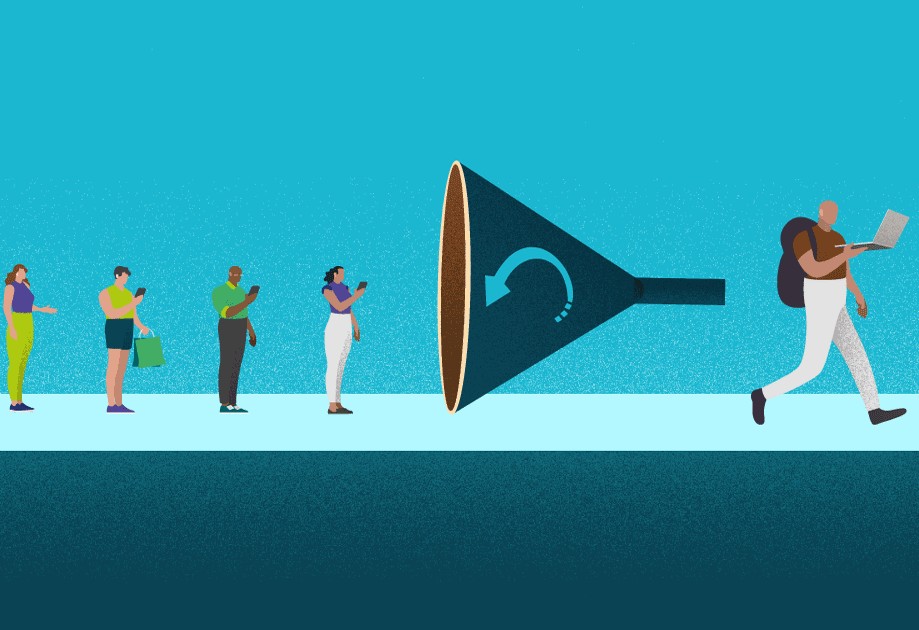
How to Plan and Promote a Lead Generation Campaign?
Lead Generation
Lead generation campaign can be defined as the process of attracting prospects and converting them into someone who has an interest in your company’s products and services. Modern brands make use of various lead generation marketing strategies such as:
- Blogging
- Email marketing
- Social media marketing
- Networking
- Coupons
- Live events and seminars
- Website landing pages
These are just a few strategies that you can use to attract potential customers to your product or offer. Most companies prefer to stick to what works best for them, as lead generation marketing strategies differ according to industry.
Email and social media marketing for their lead generation might work for online fashion stores, but the same strategies may not work for software companies. People looking for software might require more details and information on the product, which is why a digital blog or a series of webinars could work better as lead generation tools.
The Lead Generation Funnel
Many marketers regard the Lead Generation Funnel as the God father of sales strategies. Much like a funnel used in real life, this strategy works by taking a large number of prospects and gradually whittles them down to high quality paying customers. The steps are as follows:
Awareness
The first step is fairly simple – you need to focus on getting your message out there! You can tell people about your products or service through email marketing, advertising through PPC ads, social media or uploading content to the internet like videos, blogs and infographics. The point of this stage is to cast a wide net and ‘touch’ or inspire as many people as possible, however it is imperative that you can actually track and monitor the outreach of your content through tracking codes or landing page submission forms.
Collect & Analyse Your Data
After gathering your data (this will usually be names and email addresses) you will then have a database of potential prospects that can be converted into new customers. You then need to decide which prospects are worth pursuing.
Reaching Out
After looking at your data it’s time to engage your prospects; you must strike while the iron is hot though. There is no point contacting one of your leads three weeks after they applied for your free eBook online.
Lead Nurturing
If after reaching out your prospect is still interested in your content, then this is the point in time where you start developing the relationship. Inject a little bit of your business’ personality. Show them why you’re the best and why they should be interested in your products and services. Showcase yourself as a valuable, reliable resource!
However be extremely careful not to scare them away by throwing yourselves at them. Always remember it’s never a good look to come across as pushy. If your prospect is hesitant (or not interested at that precise moment) then leave them alone for the time being. Hounding people with frequent sales calls will only push them away from your business,
Two Peas In A Pod
Syncing your content marketing with your lead generation marketing campaign is fairly easy. Here’s a list of the different types of content you can publish or advertise to build trust with your digital customers:
- eBooks / cheat sheets / checklist guides (These resources are a great way to educate your customers, build relationships and gain credibility in your industry)
- Newsletters
- Webinars
- Online courses / demos
- Contests and quizzes! (This style of informative fun content works wonders on social media!)
- Visuals (Always remember the importance of quality over quantity when it comes to creating content.
- Rich visual material like graphs, videos and info-graphics are a great way to spark interest with your customers. Plus, this type of content is great to share over social media)


